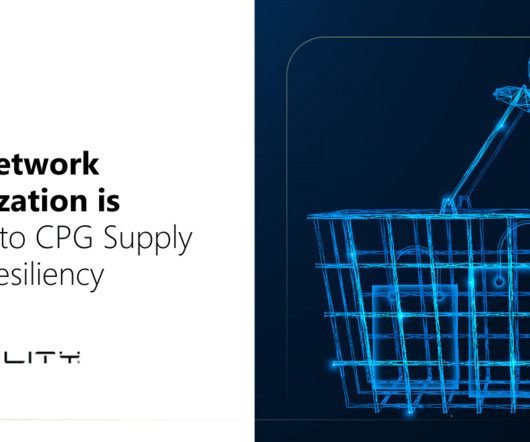Network Investment. Defining the ROI.
Supply Chain Shaman
APRIL 19, 2024
The supply network–shipments and production of trading partners–represents over 70% of the environmental impact of supply chain decisions. Despite the importance, the investment in networks to automate the information flow between trading partners remains low. Networks take three forms–demand, design, and supply.























































Let's personalize your content